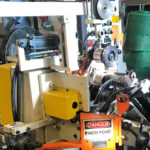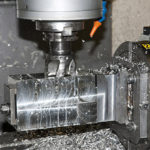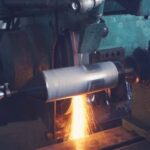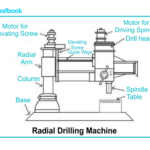From geometric dimensioning and tolerancing, to grinders, lathes and mills, there are a lot of different terms to know when it comes to the world of computer numerical control (CNC) machining. If you’re new to the industry, this can be intimidating — but once you learn the craft, these concepts become second nature.
An important concept for those who work in CNC machining to understand is CNC milling. This is a mechanical process that utilizes computerized controls and rotating cutting tools to create custom-designed parts.
So how exactly is this process used in the CNC industry? Keep reading to learn all about CNC milling — what it is, how a CNC mill works and more.
What Is CNC Milling?
Using computerized controls and rotating cutting tools, CNC milling removes material from the workpiece to create a finished product that meets the required specifications. This process can be used with a variety of materials, including plastic, metal, wood and glass.
When it comes to CNC machining, there are several different processes that can be used, including:
Mechanical
Electrical
Chemical
Thermal
CNC milling falls under the category of a mechanical process, since cutting and drilling is powered mechanically with no manual operation required.
How a CNC Mill Works
The CNC milling process follows the same steps many other machining types do, including making a computer-aided design (CAD) model, getting the CNC milling machine set up, and operating the machine to create the desired part. Here’s a quick step-by-step process:
Read more: INTRODUCTION TO CNC MILLING







